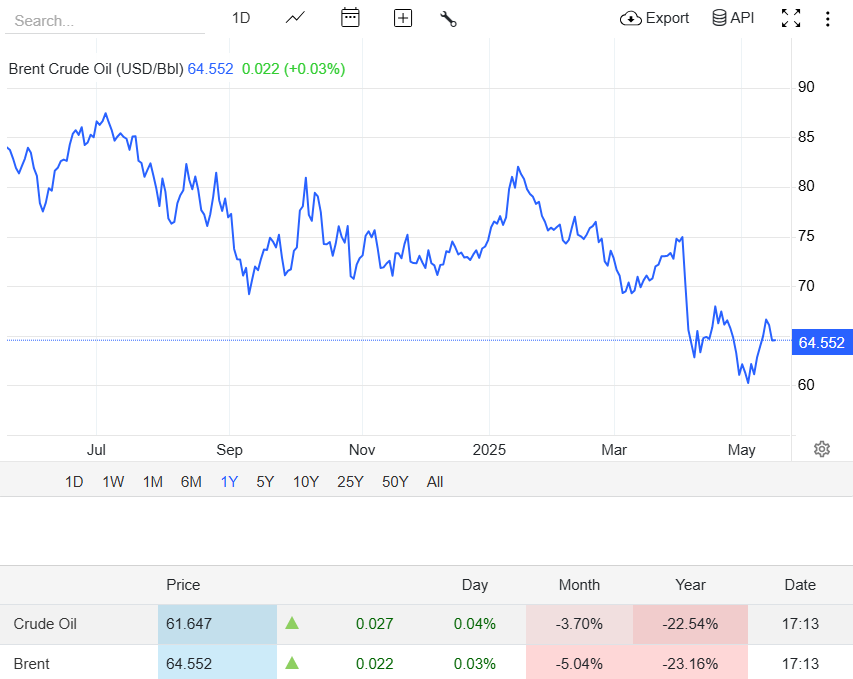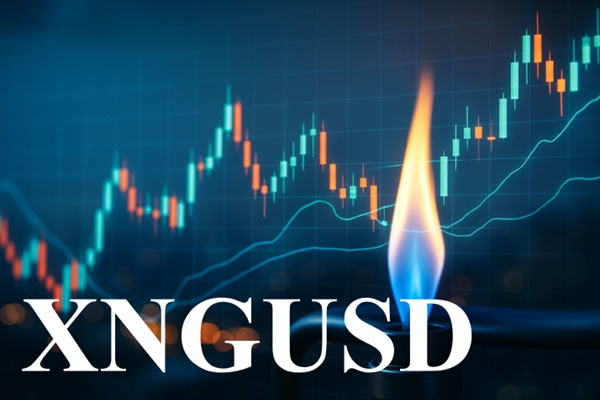Oil prices have always been a barometer of global economic health, energy policy, and geopolitical risk. As we look ahead from 2025 to 2030, traders, investors, and businesses are keen to understand where oil prices might be headed and what factors could drive the market in the years to come.
Here's a comprehensive look at the latest oil price forecasts, the key trends shaping the outlook, and what to watch as the world's energy landscape evolves.
Oil Price Forecasts for 2025–2030

2025: Modest Declines and Ongoing Volatility
Most major institutions forecast Brent crude oil to average between $73 and $83 per barrel in 2025, with West Texas Intermediate (WTI) trading slightly lower. The World Bank projects a decrease from $80 per barrel in 2024 to $73 in 2025, while the US Energy Information Administration (EIA) expects Brent to average around $74 in 2025.
Some analysts, such as those at Goldman Sachs, see a possible range of $70 to $85 per barrel, depending on how geopolitical uncertainties and supply adjustments play out.
2026–2030: Gradual Recovery, Then Stabilisation
Looking further ahead, most forecasts suggest oil prices will remain relatively stable, with moderate upward or downward movement depending on supply and demand dynamics:
EIA: Expects Brent crude to average $73 per barrel in 2030.
International Energy Agency (IEA): Suggests prices could stabilise between $75 and $80 per barrel by 2030, influenced by new investments in fossil fuels and the ongoing shift to clean energy.
World Bank: Projects Brent at $73 per barrel in 2030, with some scenarios suggesting a possible dip as low as $60 per barrel if global fuel demand falls sharply due to climate policies.
LongForecast: Offers a more bullish scenario, with Brent potentially trading above $100 by 2030, though this is considered less likely by most mainstream analysts.
Key Drivers Shaping Oil Prices
1. Geopolitical Tensions and OPEC+ Policy
Ongoing conflicts in Eastern Europe and the Middle East, as well as sanctions on Russian oil, continue to create uncertainty and support higher prices. OPEC+ production cuts remain a major factor, with the group's decisions on output levels likely to influence prices throughout the decade.
2. Supply Growth and US Shale
Global oil production is expected to rise, led by the US, Canada, and Brazil. The EIA forecasts that global supply will outpace demand growth in the coming years, which could put downward pressure on prices-especially if OPEC+ phases out voluntary supply cuts as planned in late 2025.
3. Demand Trends and Energy Transition
While global oil demand is still growing, especially in emerging Asian economies like India, the pace is slowing. The IEA projects that demand in advanced economies will decline this decade, while China's fuel consumption could peak as early as 2025. The rapid adoption of electric vehicles and investments in renewable energy are expected to cap long-term demand growth.
4. Economic Growth and Trade Policy
Global economic growth remains a wildcard. Trade tensions, particularly following the US presidential election and potential tariffs, could dampen demand and weigh on oil prices. On the other hand, stronger-than-expected growth in emerging markets could support higher prices.
5. Technology and Efficiency
Advances in drilling technology, artificial intelligence, and efficiency gains in shale production are expected to lower the marginal cost of oil, potentially keeping a lid on prices even if demand remains robust.
Scenarios for 2030: What Could Change the Outlook?

Bullish Scenario: If geopolitical tensions escalate, OPEC+ maintains strict production discipline, or demand surprises to the upside, oil prices could climb above $100 per barrel by 2030.
Bearish Scenario: If global fuel demand drops sharply due to aggressive climate policies or a rapid shift to renewables, prices could fall as low as $60 per barrel.
Base Case: Most analysts expect Brent crude to stabilise in the $70–$80 range by 2030, with moderate volatility driven by supply and demand shocks.
What Should Traders and Investors Watch?
OPEC+ announcements on production targets and output cuts
US shale production and technological advancements
Global economic data and trade policy shifts
Adoption of electric vehicles and clean energy investments
Geopolitical developments in key oil-producing regions
Final Thoughts
The oil market through 2030 is set to be shaped by a complex mix of supply growth, shifting demand, technological change, and geopolitical risk. While most forecasts see prices stabilising in the $70–$80 per barrel range, unexpected shocks or rapid energy transition could push prices much higher or lower.
For traders and investors, staying alert to these evolving trends and regularly reviewing the latest forecasts will be essential for navigating the decade ahead.
Disclaimer: This material is for general information purposes only and is not intended as (and should not be considered to be) financial, investment or other advice on which reliance should be placed. No opinion given in the material constitutes a recommendation by EBC or the author that any particular investment, security, transaction or investment strategy is suitable for any specific person.








